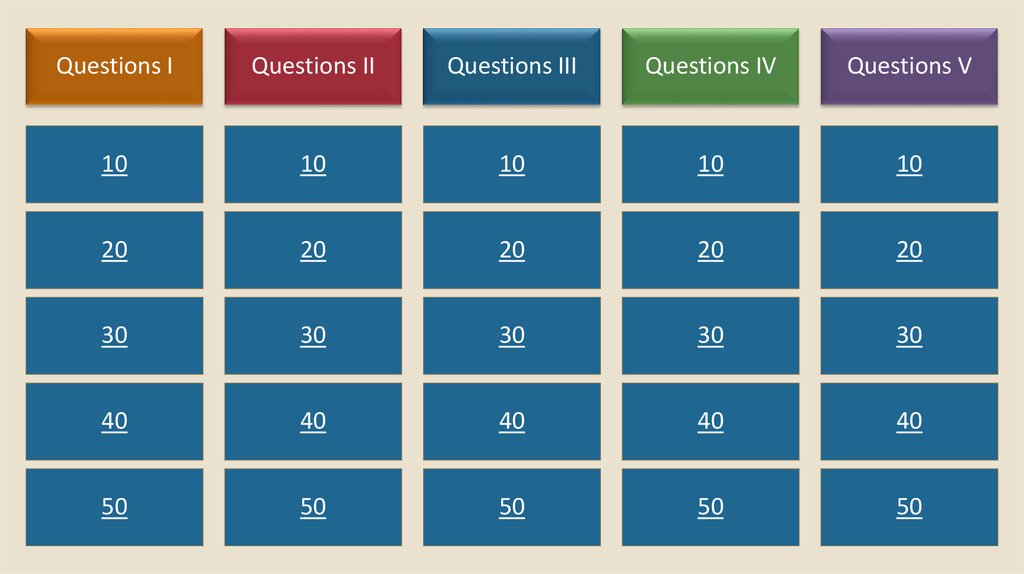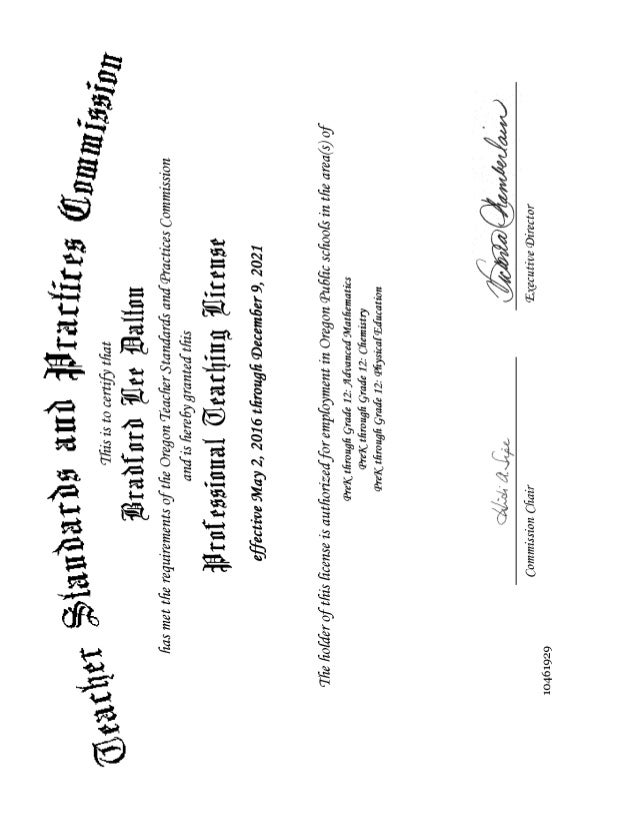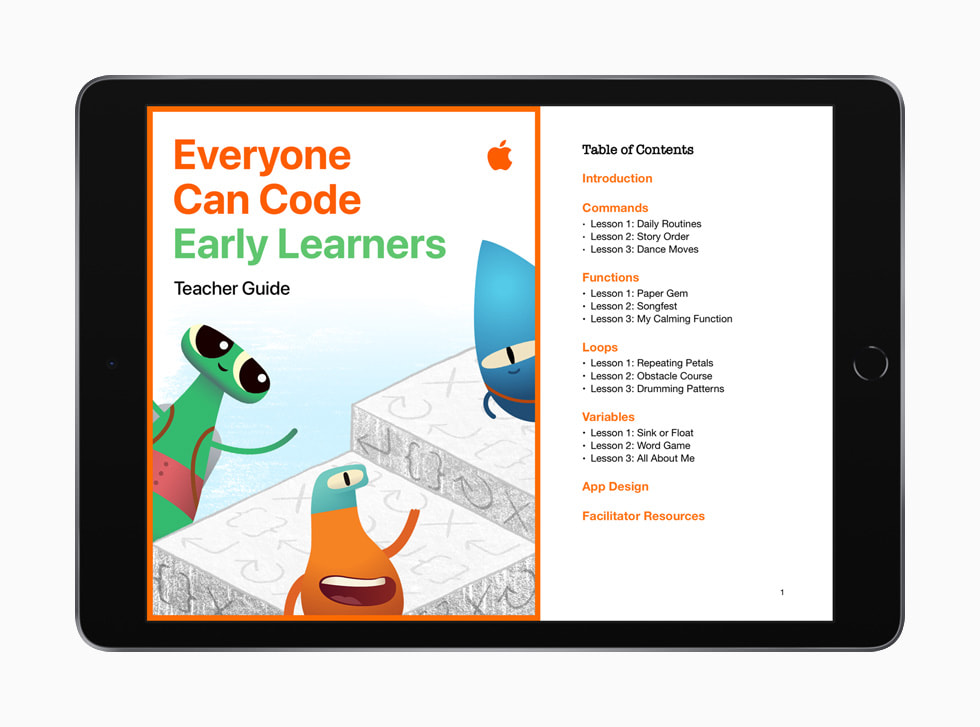
First, determine whether you are eligible to receive financial aid from college. Several factors determine the amount of aid you are eligible to receive. This includes the CSS/PROFILE calculator, need analysis and expected family contributions. Scholarships are another option. However, you will need a letter explaining the circumstances to the college's financial aid office.
Formula CSS/PROFILE
The CSS/PROFILE formula is used to determine eligibility for financial aid from college. It requires more information than the FAFSA. Students with the greatest financial need are eligible for aid. To ensure you receive the best financial aid, it is recommended that the CSS Profile be completed. If you have special financial circumstances, you should explain them in the CSS Profile. This could include income increases or repayments of debt. Schools may also have additional questions at their end.
The CSS Profile is different than the FAFSA Form, which is also free. Colleges can use the CSS Profile to ask you questions about your finances. This results in a more accurate and personalized application, which may result in additional financial aid.
Need analysis formula
John Monro was the Harvard University Financial Aid Center director in the 1950s. He developed the first need analysis method, also known as "15 percent rule", to distribute institutional scholarships to less fortunate students. Many institutions at that time were based only on the income of their members and not the needs of students. College Board eventually established the College Scholarship Service, which used the need analysis formula.

The need analysis formula uses data taken from the Free Application for Federal Student Aid (also known as the FAFSA) to determine how much financial aid a student should be eligible for. The FAFSA and cost of attendance data are used to create the formula. The FAFSA simplified act has made the formula more flexible.
Expected Family Contribution formula
The Expected Family Contribution (EFC), is a measure that a family's finances are. Colleges use it to determine the amount of financial assistance they can offer. It is calculated based on both the dependent and independent status of a family. EFC may be as low at zero as it is high as twenty-five thousands dollars.
The EFC calculation is based on the total income and assets. This is then divided with the number of students in college for 2020-2021. The formula also includes an asset-protection allowance. Students are required to contribute a specific percentage of their income, minus taxes.
Scholarships
There are many scholarships available for college to help students pay for higher education. They do not have to be repaid, and they can be used for college tuition or to pay off college debt. Every year, thousands of fellowships and scholarships are given. Many scholarships and fellowships are given to students with exceptional skills or qualifications. Others may be available to students from specific areas of the country, or for students studying in a certain area. Many scholarships are available to students who have financial need.
There are two types of college financial aid: grants and scholarships. While scholarships don't require repayment, they are more likely to come from a government source than an individual source. Most of these types of programs are merit-based, meaning you will need to meet certain academic standards in order to be considered.

In case of emergency, grants
Students who are in financial need of emergency funds to help pay college expenses may be eligible for financial aid from colleges. These funds are granted by colleges on the basis of your expected family contribution (EFC), based off FAFSA data. The amount of college awards will vary depending on the income of your family, but will generally range between $1,000 and $700. You can receive the money via direct deposit or by check if you meet certain criteria. But, colleges may not have the ability to give emergency federal aid non-citizens.
When applying for emergency college funding, you should know the rules and eligibility criteria. This funding cannot be used for tuition or fees at college and is only available to meet one-time funding needs. The funds you receive may be used for housing, education, childcare, and technology. Generally, emergency grants don't cover tuition, but they do cover expenses that might prevent you from finishing your degree.
FAQ
What is a vocational school?
Vocational school programs are designed to prepare individuals for specific jobs. They can also offer training in specific skills and general education.
Vocational education is an essential part of our society as it helps young people acquire the skills necessary to succeed in their lives. It makes sure that every student has access to high-quality educational opportunities.
The vocational school offers a wide range of options to its students. These include certificates, diplomas and degrees, as well as apprenticeships and certificates. Vocational school students learn both academic subjects and more practical subjects like math, science, English or social studies.
How much money does a teacher make in early childhood education? (earning potential)
The median salary for early childhood teachers is $45,000 per calendar year.
However, there are some areas where salaries are generally higher than average. Teachers in large urban schools receive higher salaries than teachers in rural schools.
Salaries also depend on factors such as the district's size and whether or not a teacher has a master's or doctorate.
Teachers make less at first because they aren't as experienced as other college graduates. However, their salaries can rise dramatically over time.
What is an alternative school?
An alternative school aims to allow students with learning difficulties to access education and provide them with support from teachers who are qualified to meet their needs.
Alternative schools are designed to give children with special education needs the chance to learn in a normal classroom setting.
Additional support is available if needed.
An alternative school is not just for those who have been excluded from mainstream schools.
They are available to all children, regardless of their ability or disability.
What is homeschooling exactly?
The homeschooling method is where the parents educate their children at home. This is also called private education, self-education or homeschooling.
Family members who want to teach their children at home can opt for homeschooling. This method allows children to receive a quality education from home.
The parents educate their children from birth to high school. They choose which subjects to study and how long each subject should last. Everything is learned by the student on their own.
Parents choose when to start teaching their children. Many schools recommend that children attend classes from age four until twelve years old. Some families decide to wait until kindergarten to start teaching their children.
You can use any number resources to help your children through the curriculum. Books, videos, websites, and even magazines provide valuable lessons.
Many families find that homeschooling is a good fit for their hectic schedules. Homeschooling allows parents to spend more time with their children, than traditional public schools.
Statistics
- They are more likely to graduate high school (25%) and finish college (116%). (habitatbroward.org)
- Among STEM majors, that number is 83.5 percent. (bostonreview.net)
- Think of the rhetorical power of nineteenth-century abolitionist Harriet Beecher Stowe, Martin Luther King, Jr., or Occupy Wall Street activists with their rallying cry of “we are the 99 percent.” (bostonreview.net)
- And, within ten years of graduation, 44.1 percent of 1993 humanities graduates had written to public officials, compared to 30.1 percent of STEM majors. (bostonreview.net)
- Data from the Department of Education reveal that, among 2008 college graduates, 92.8 percent of humanities majors have voted at least once since finishing school. (bostonreview.net)
External Links
How To
How to get started in homeschooling
Homeschooling involves the teaching of subjects to children through a variety of methods including reading books, watching videos, exercising, and listening to music. Because it allows students to learn at their own pace, develop skills such as problem-solving and critical thinking, self-discipline and communication, and social skills, it is one of the best ways to learn.
Many parents want to educate their kids at home. Homeschooling is an option that allows parents to focus their efforts on their children's education and not have to worry about how to find someone to care for them.
Homeschooling offers many benefits. One of them is the ability for students to develop critical thinking and creative skills. Another is their ability increase their knowledge and language skills.
Homeschooling has one main goal: to give quality education to children in order to help them become successful adults. However, certain requirements must be fulfilled before starting homeschooling. You must determine if your child is eligible for public or private school. It is important to choose the right curriculum for homeschooling. There are many kinds of curricula on the internet that you can choose depending on what your level of knowledge, budget, and preference is. These include Waldorf, Montessori and Waldorf as well as Reggio Emilia, Charlotte Mason and unschooling. A second requirement is that you ensure you have the right resources in order to teach your child. This means purchasing textbooks, educational materials, computers, electronic devices, toys, games, art supplies, musical instruments, etc. These items are available online and in your local store.
After you have completed the above steps, the next step is to register as a homeschooling parents. To do this, contact your state department or education for assistance. They will help with the forms and give you advice on how you can start homeschooling.